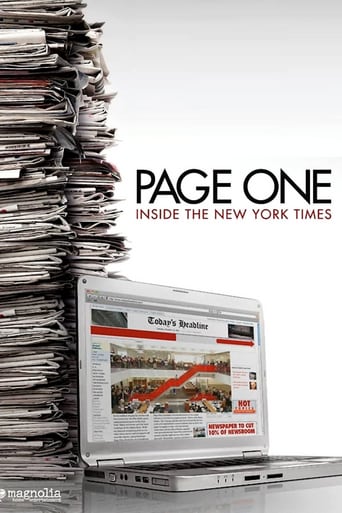


Page One: Inside the New York Times
Unprecedented access to the New York Times newsroom yields a complex view of the transformation of a media landscape fraught with both peril and opportunity.
-
- Cast:
- Evan Williams , Markos Moulitsas


Similar titles
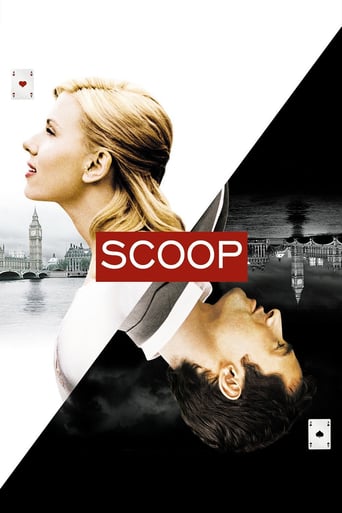

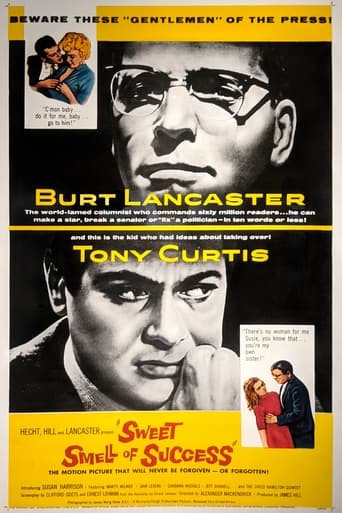
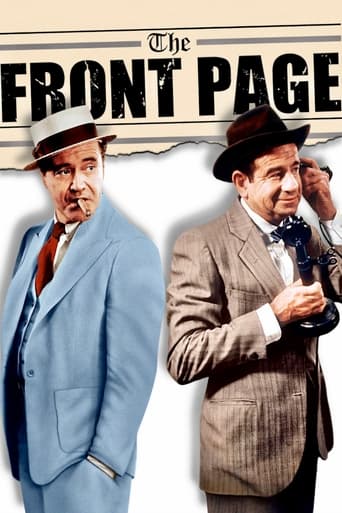

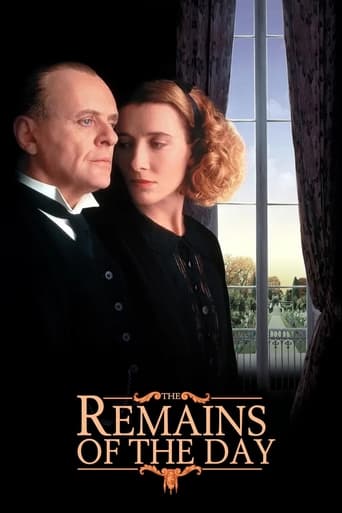


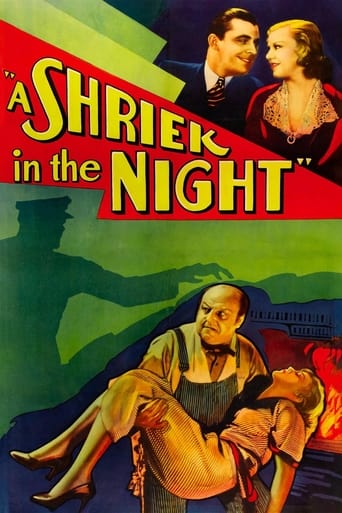

Reviews
hyped garbage
By the time the dramatic fireworks start popping off, each one feels earned.
Worth seeing just to witness how winsome it is.
It is a whirlwind of delight --- attractive actors, stunning couture, spectacular sets and outrageous parties. It's a feast for the eyes. But what really makes this dramedy work is the acting.
The New York Times' problem is one facing thousands of papers across the globe; Why pay for a newspaper in a world where information is everywhere, instantly, and for free?The grave tones of some of the witnesses jar the viewer into shock (and awe) at the reality of the threat facing these once powerful institutions. These are troubling times, make no mistake.There is a good reason for the bulk of the film to focus on David Carr (a reformed drug addict who came to journalism at the age of 46, who now works for the paper). He stands out as a passionate spokesperson for the New York Times and the traditional media. He is an engaging presence and has a charisma. Unfortunately, however, the film struggles to contain an impulse to melodramatically delve in and out of his back story and this diminishes the impact of the piece.The film suffers as a result. It leaps about too frequently, covering too many bases. This should have been a channelled, and terrifying, testimony to the precarious future of the print industry, and you do get the feeling that there is a riveting documentary beneath the murk.Ultimately, although it stands as a fascinating insight into the day-to-day practices of a longstanding and famously influential printing giant, this film is, frustratingly, an opportunity missed.Read the full review, and many others at: toomuchnoiseblog.wordpress.com
This is a well done documentary which subject is long overdue. Some well known truism should never be forgotten. Eliminate a professional, elite even, news organizations such as The Times and you are one step, the last one, to any semblance of democracy. Reporters in this documentary explain well that the web's various pseudo journalistic sites would not exist if it was not for the major newspapers such as the Times. None describe as eloquently as David Carr what the web media would become or look like if you took out all content, quotes and facts, originating from the New York Times; the result was striking.The documentary is also objective enough to site the major failings and risks of any major institution such as the Times; the articles on the case of weapons of mass destructions in Iraq by Judith Miller (Pulitzer Prize) and the series of fabricated articles by Jason Blair, to mention two important ones. The movie took the perspective of one department of the Times, to approach the subject, that of the Media Industry. So it provided us with a comprehensive view of the fate of newspapers and a glimpse of the future. I was certainly interested in getting information explaining how we are where we are with journalism today, not why, because who does not know that the web has meant the inevitable demise of newspapers as we knew them. I forgot who, in the film, said "information has never been free"; which explains how ludicrous it is to expect to get real journalism on the web for free, at least in depth reporting, because headlines are easy to make up, not so easy to include meat with that.If anything, the movie will make you reflect and you can come up with your own conclusions. Mine was simple: How can you pi** off so many people, politicians and political cults, celebrities and their hedonistic followers, religious organizations of all varieties and points of view, and not be absolutely necessary; you define a free society and country by the degree of freedom and independence its press enjoys. The Times has and is changing with the times.
In his review of the documentary Page One: Inside the New York Times (Paper thin insights, Weekend Australian Review Sept 24-25) Lynden Barber ascribes "pomposity" to the Time's "olde-timey font and (page) layout." I disagree- in its bid to be more appealing and easier to read, the layout and font chosen are tastefully attention-drawing and pleasing to look at. Indeed I consider the highly characteristic New York Times nameplate a historical objet d'art. Such strongly-felt reactions to the visual elements of typography used by the New York Times suggests that the typeface form of letters selected for headlines and article text as well as page layout are designed to evoke visceral responses in profoundly subliminal ways. The impact of fonts and page layouts is not just an esoteric aside. The style used for letters, characters and text are designed to create a readable, coherent and visually satisfying whole that works without the reader being aware.Where spoken language relies on tone of voice or gesture to convey emotion, the visual form of the written word possesses mysterious connotative properties. Ultimately, a world without charismatically constructed letters, numerals and symbols leads to unengaging newspapers, whether online or in print. Joseph Y Ting
There's not a lot in Page One: A Year Inside The New York Times that you didn't already know. For anyone with the faintest interest in digital media you'd be aware of the ongoing conflict between newspapers and Internet culture. In the eyes of many people online blogs and social networking sites, such as Facebook and Twitter, are reducing the relevancy of print media. It raises questions of accessibility and punctuality: why should people still purchase a newspaper anymore when they can freely obtain the same information online and in many cases earlier too? The argument is topical and presented here with balance and cohesiveness. But the documentaries few revelations and limited scope ensures that most viewers should not pay full price to see this at the cinema. As with Cave of Forgotten Dreams (2011) this is a documentary you could happily watch at home on television, without losing its impact. And there is certainly some intriguing material that makes it worth watching in one medium or another. Drawing from recent headlines smartly prevents the documentary from becoming a history lesson and provides a contemporary relevance. One of the more damaging recollections is that over one hundred workers had to be sacked from the Times because of the falling revenue. There are also interesting snippets discussing the shame that journalists like Judith Miller brought to the Times when she falsely reported on the War in Iraq and was then sacked. It's shown as a huge blight on the reputation of the paper that has been sustained for decades. How profoundly reputable the Times has been is something I wasn't aware of till now. We are told that all of the major news stories would have once been drawn firstly from the Times. Equally notable is the more favourable light that the documentary casts on WikiLeaks and its founder Julian Assange. Reporters working in the Times regard his site as another source of information that they can use. Referencing WikiLeaks is also an intelligent example of the way that digital media has threatened to upstage print journalism for the big headlines. It's pleasing that there's real balance given to digital media here too. Although WikiLeaks is regarded as a legitimate tool, there's a moment where the Times reporters debate whether to write on a released Youtube video showing US soldiers opening fire on a group. They discover that the video was cut significantly, removing footage of an insurgent aiming an RPG weapon. This rightly hints at the way that information can be cunningly manipulated and reworked by various forms of media. And personally I believe that unedited and opinionated blogs are more likely to fall into the trap of rumour and misinformation because they are frequently written with a specific agenda. More amusing is when the Times learn that NBC is hosting a parade overseas for the soldiers that neither the White House nor the Pentagon knows anything about it. We briefly see the panic between the editors, fearing that they might wake up the next day and discover that it was a real story and they're the only ones who didn't run with it. That's an insightful moment, showing how important it is for print media to keep in touch. I also enjoyed the company of reporter David Carr. This bloke is a real character. A recovering crack addict and now a single parent, Carr is a passionate defender of the paper and rather hilariously shuts down anyone who tries to talk about its demise. There's a very funny scene where we're introduced to a twenty-one year old blogger who was hired by the Times. David says that he is convinced that the kid was a robot built in the basement of the Times to destroy him. He also makes an excellent point when someone tries to emphasis the punctuality of blogs over newspapers. He reminds everyone that the Times itself has over eighty of its own blogs, as well as hundreds of videos posted and asks why people would go to Facebook for information instead. His sarcasm brings a lot of personality to this documentary and I enjoyed the scenes with him the most. Disappointingly, the documentary misses a great chance to talk about physical technology in the form of tablets, like the Apple iPad. I was pleased and excited to see the documentary show the device but it doesn't elaborate on what can be done with it. A tablet can provide readers with not only continuously updated information but also unlimited writing space too. As someone who is aware of film criticism, for example, being reduced to decreasing bites in print media, that's a pretty significant point to understate. Overall, despite the small pockets of information, the delicacy to balance the film and the colourful presence of David Carr, I could still only recommend this as a late night television viewing, rather than a full price theatrical release.
